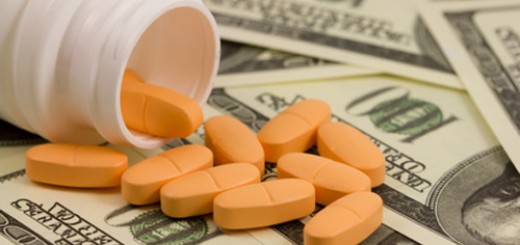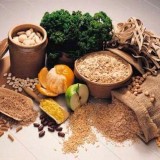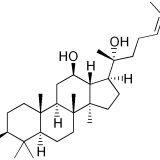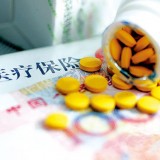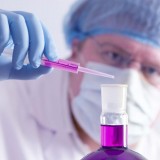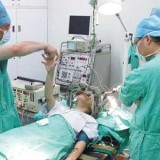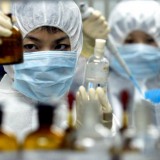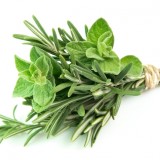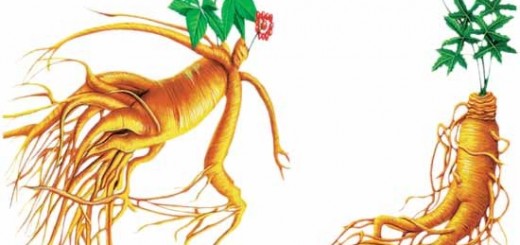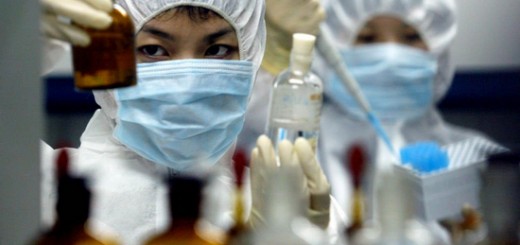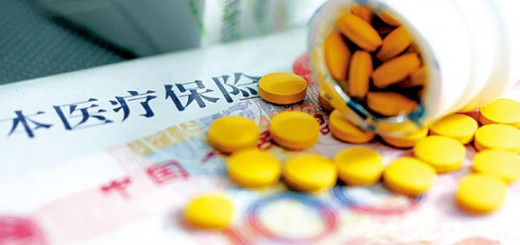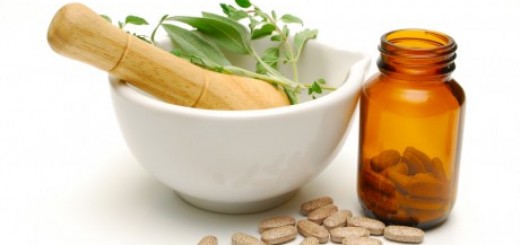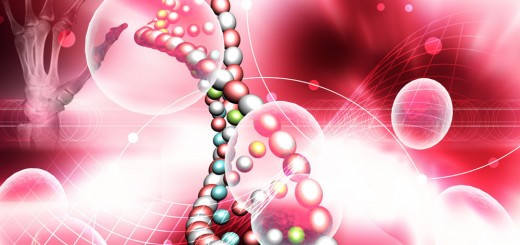Ginseng is a medicinal herb widely used in Asian countries, and many of its pharmacological actions are attributed to the ginsenosides.
A number of clinical studies have confirmed that ginseng’s health benefits include properties that may slow the growth and spread of prostate cancer cells. Protopanaxadiol (PPD) is the final metabolite after the removal of side chain glucose moieties, and is considered to have the most potent pharmacological action, including the inhibitory effect on prostate cancer growth, reported by a team of Chinese researchers.
The study was conducted on C57 mice which carried tumors by subcutaneous injection of RM-1 prostate cancer cells, and PPD was given to mice orally at the dose of 20 mg/kg.d for 4 weeks, and intraperitoneal injection of taxol at 20mg/kg per week (a common chemo drug) served as the positive control. Throughout the study, the mice received PPD treatment behaved actively, compared to sluggish movement in both the control group and taxol treatment. The greatest tumor inhibition occurred in the PPT treatment as its size was even smaller than that in the taxol treatment. The control group carried the largest tumor which developed ulcers, erosion and surface bleeding. Superisingly, the mortality in the PPD treatment was zero, better than taxol treatment.
The PPT’s inhibitory effect on prostate cancer was mediated by suppression of cyclin D1, a critical molecule actively participating in cell division and proliferation. The study found the expression level of cyclin D was dampened in both PPD and taxol treatments, with the greater suppression for PPD treatment.
The research provides additional materials in support of PPD’s inhibitory effect on prostate cancer; therefore, patients with prostate cancer could benefit from this natural herbal medication, especially considering its advantageous feature – non-toxicity.
The research results were published on Journal of Jilin University (Medicine Edition) 2010, 36(2).

















